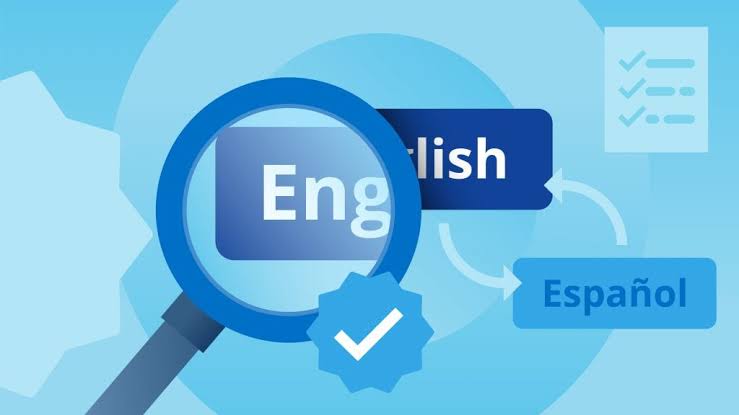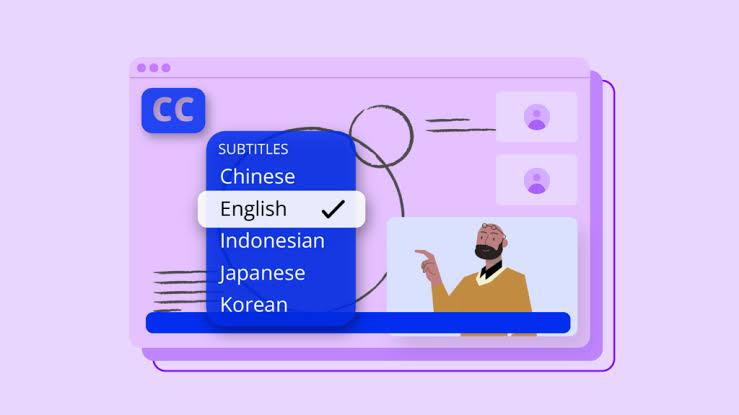Subtotal: $4398.00

In today’s interconnected world, entertainment transcends borders, and subtitle translation plays a crucial role in making films, TV shows, and digital content accessible to global audiences. Whether it’s a Hollywood blockbuster, a Korean drama, or an anime series, high-quality subtitle translation services ensure that viewers worldwide can enjoy content in their native language. But what exactly goes into subtitle localization, and why is it more than just a word-for-word translation? Let’s dive into the science behind it.
Understanding Subtitle Translation
Subtitle translation is the process of converting spoken dialogue from one language into written text in another, ensuring that meaning, tone, and cultural context remain intact. Unlike traditional document translation, subtitles require careful attention to time constraints, readability, and synchronization with on-screen dialogue.
Professional subtitle translators follow strict guidelines to ensure that subtitles:
• Fit within the character-per-second (CPS) limit for easy readability
• Maintain synchronization with the dialogue and scene transitions
• Convey cultural nuances without losing the original intent

This makes audiovisual translation a specialized field within the language industry, requiring linguistic expertise and technical skills.
Challenges in Subtitle Localization
Creating high-quality localized subtitles isn’t just about translating words; it’s about capturing humor, idioms, and cultural references in a way that makes sense to the target audience. Some of the biggest challenges include:
1. Cultural Adaptation
Different cultures interpret humor, sarcasm, and idioms differently. For instance, a joke that works in English might not translate well into Chinese or Arabic. This is where transcreation in subtitling becomes essential—adapting the content while preserving its impact.
2. Space and Time Constraints
Unlike voice-over translation, where spoken words can match the original timing, subtitles must be concise. A subtitle should not exceed two lines and 37 characters per line to remain readable. This means condensing text while keeping the essence intact.
3. Technical Formatting
Subtitling software plays a vital role in ensuring perfect alignment with video timing. Translators use tools like Aegisub, Subtitle Edit, or professional CAT tools designed for audiovisual content.

The Role of AI vs. Human Expertise
With advancements in AI, machine translation for subtitles has gained traction. However, human subtitle translators still outperform AI when it comes to cultural adaptation, idiomatic expressions, and emotional nuances. The best approach? A hybrid model where AI provides a base translation, followed by human editing for quality assurance.
Final Thoughts
As the global entertainment industry continues to grow, the demand for multilingual subtitle translation will only rise. Whether it’s for Netflix, YouTube, or international film festivals, high-quality subtitles enhance accessibility, engagement, and viewer satisfaction.
For businesses and content creators, investing in professional subtitle translation services is key to reaching a worldwide audience. Because in the end, language should never be a barrier to storytelling.
Looking for expert subtitle translation services? Contact professional localization experts to ensure your content reaches every corner of the world with clarity and cultural sensitivity!